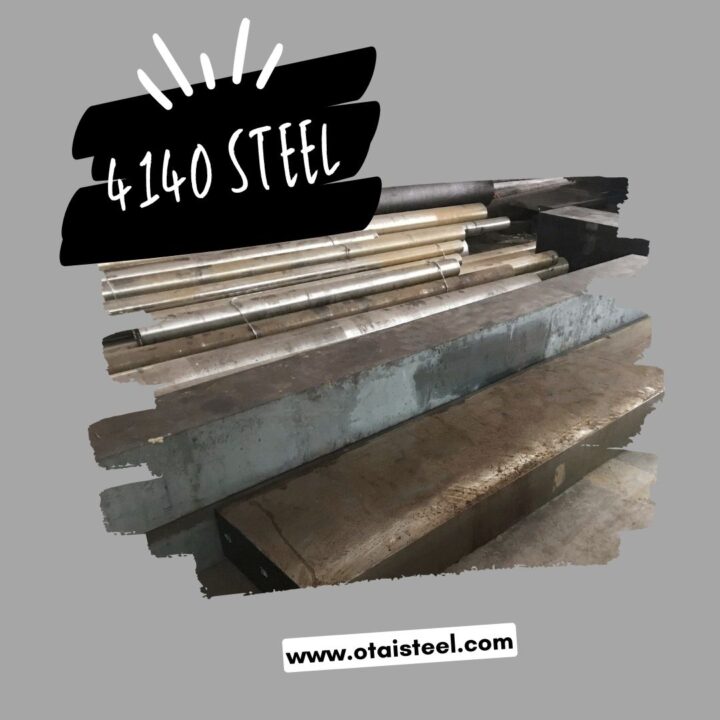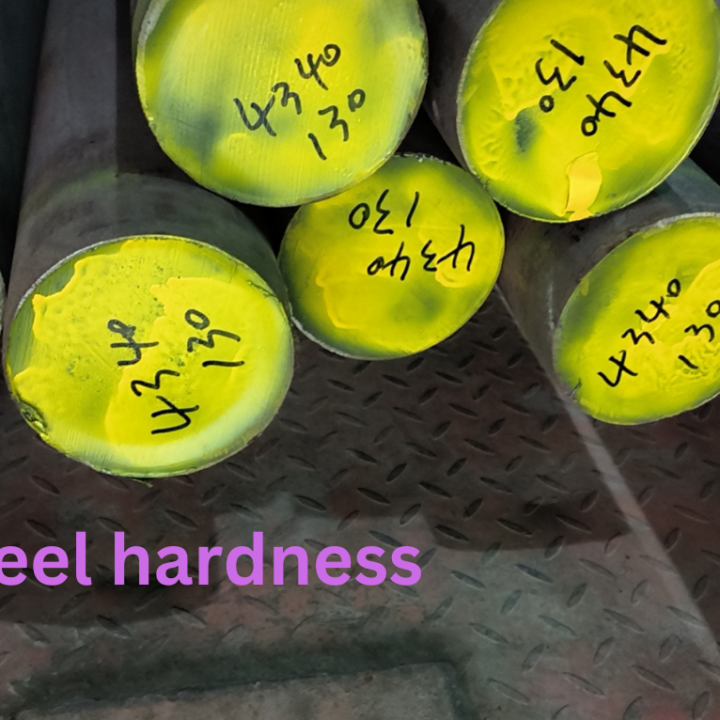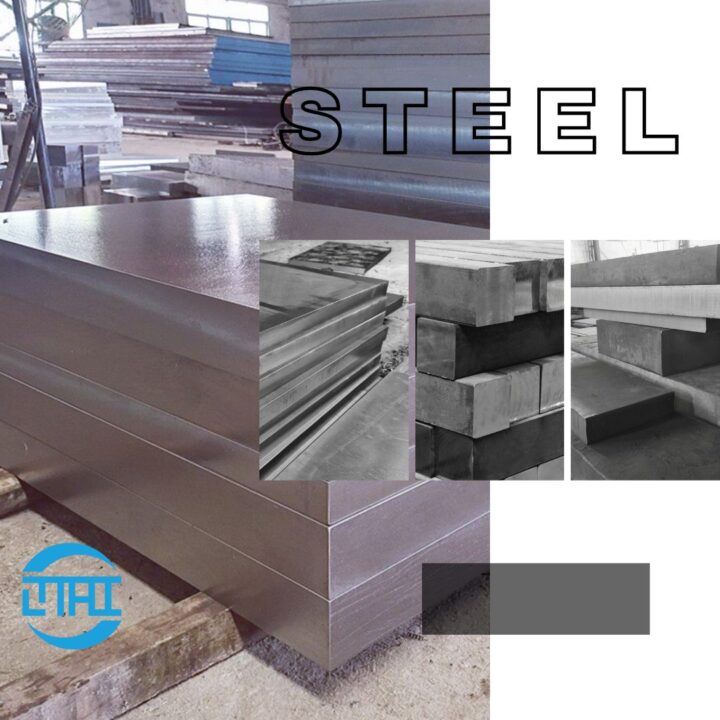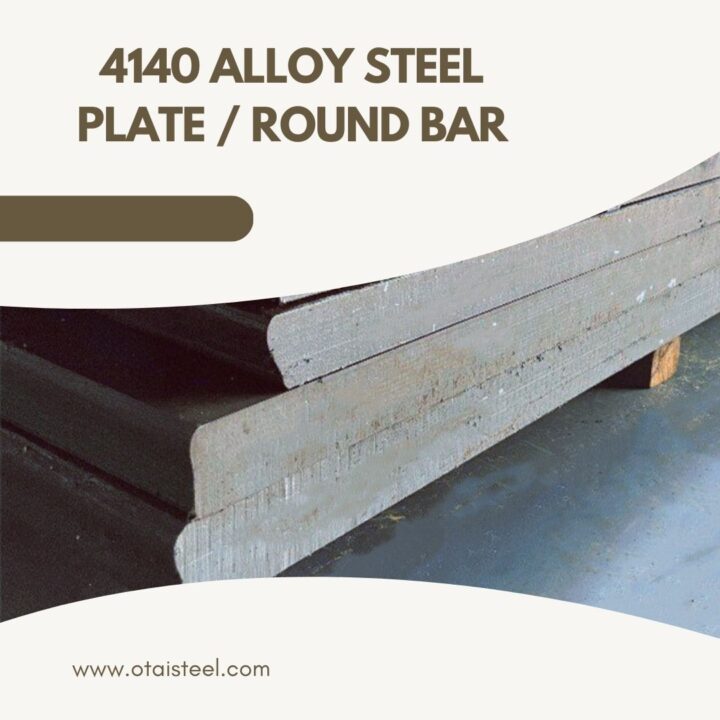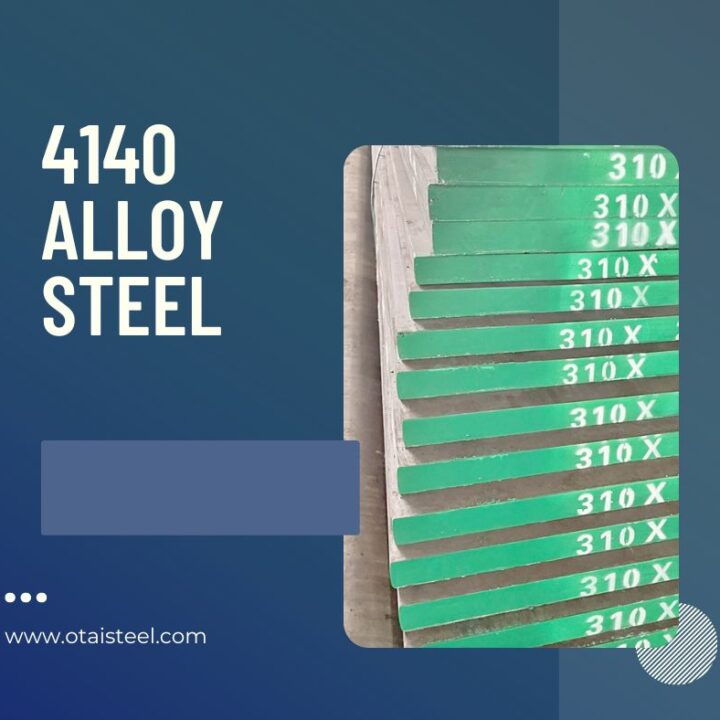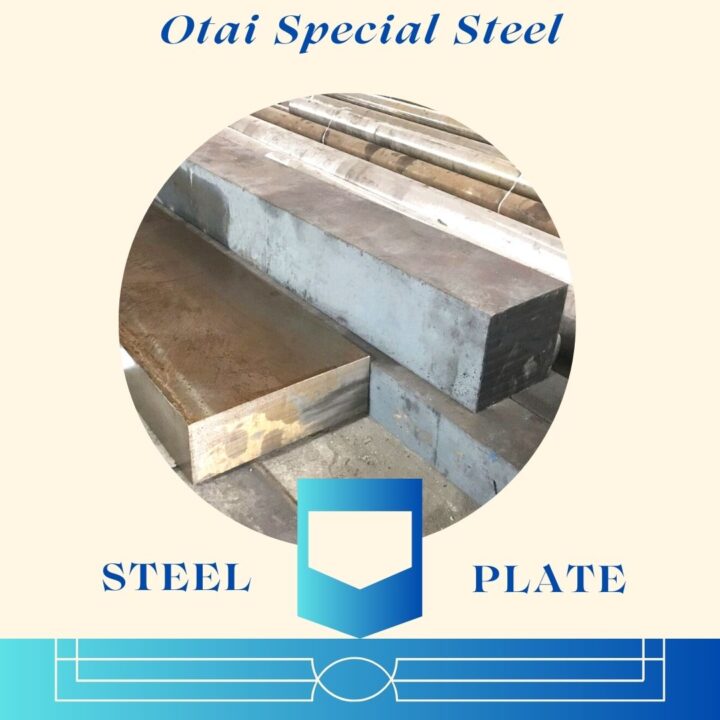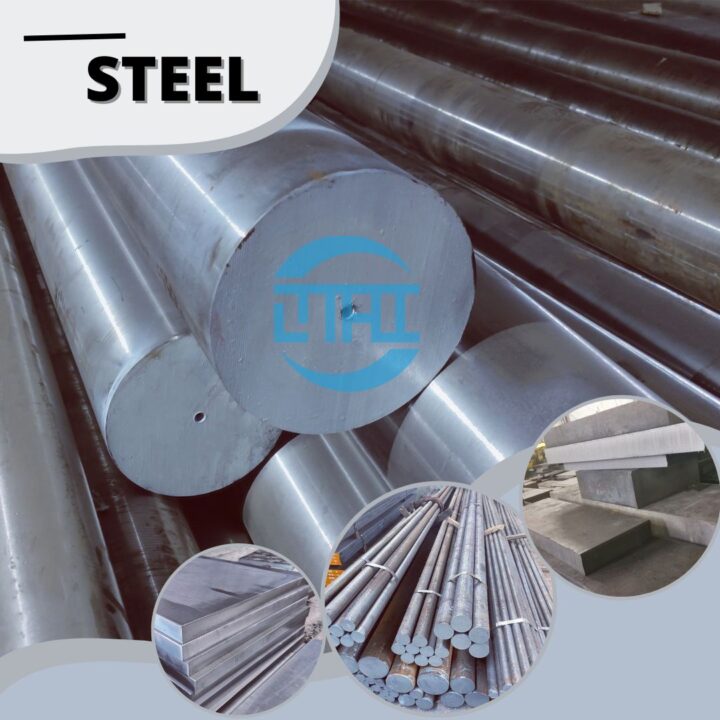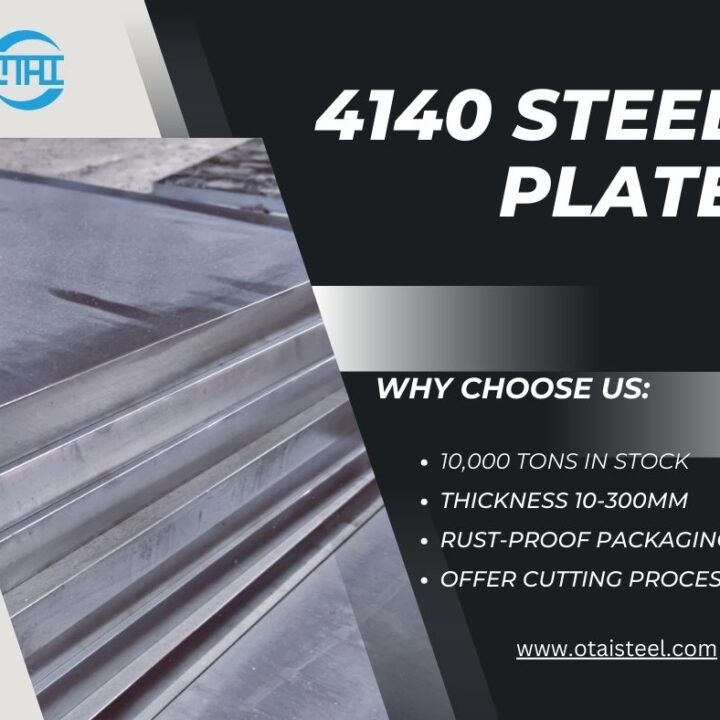H13 STEEL APPLICATION IN LIFE-Chapter 6
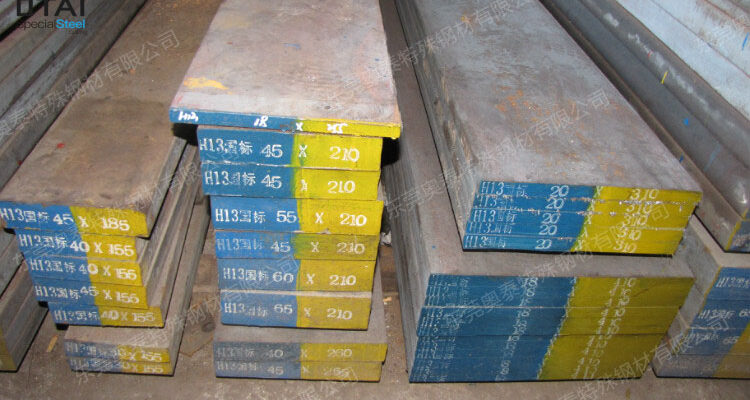
As Cu reacts easily with molten aluminum, the presence of copper at the coating surface must be avoided and this requires coating thicknesses larger than 2 mm. Porosity in the coatings was low and the interface microstructure was sound. The authors calculated the solidification time in similar die casting molds consisting entirely of AISI H13 tool steel and with a copper-steel multimaterial construction and showed that the latter architecture allows reducing the solidification time to 1/3 of the solidification time of h13 tool steel the single-material molds. Taking into consideration the difference of solubility of Cu in the BCC (α) and FCC (γ) allotropic forms of iron, the same authors investigated the influence of a buffer layer of austenitic stainless steel on the microstructure and properties of the H13/beryllium copper alloy interface (276) and concluded that the buffer layer improves ductility and resilience, evaluated by the Charpy impact test, but reduces the interface bond strength and fracture toughness. On the other hand, the presence of the buffer layer improves considerable the thermal fatigue resistance (277). –
Using the tool steel with H13 will be better than more.
Another interesting possibility of multimaterial deposition is the localized application of composite materials in some regions of a tool steel with H13 to improve its surface hardness and wear resistance. This concept of tool steel wtih H13 was developed by Jiang and Molian using a TiC/Ni–17.5Cr–5.5Al–2.5Cr composite (278), and by Vilar and coworkers for Al alloys rapid tooling applications (32,110,111). On the other hand, TOOL STEEL H13 Vilar and coworkers (279,280) demonstrated the possibility of using variable feed rate laser powder deposition to synthesize in situ variable composition iron-based composites optimized for particular rapid-tooling applications, consisting of a martensitic stainless steel matrix reinforced with NbC.
The most important ceramic-reinforced composites for tooling applications are tungsten carbide–cobalt (WC–Co) cermets with H13 steel . These materials are brittle and thermal shock may result in extensive cracking. Paul and Khajepour (281) studied the effect of processing parameters during multilayer deposition of WC–Co cermets with relatively large cobalt (Co) proportion, to reduce brittleness, on the properties and microstructure of the material. The deposition system was based on a 1 kW average power pulsed Nd:YAG laser.
